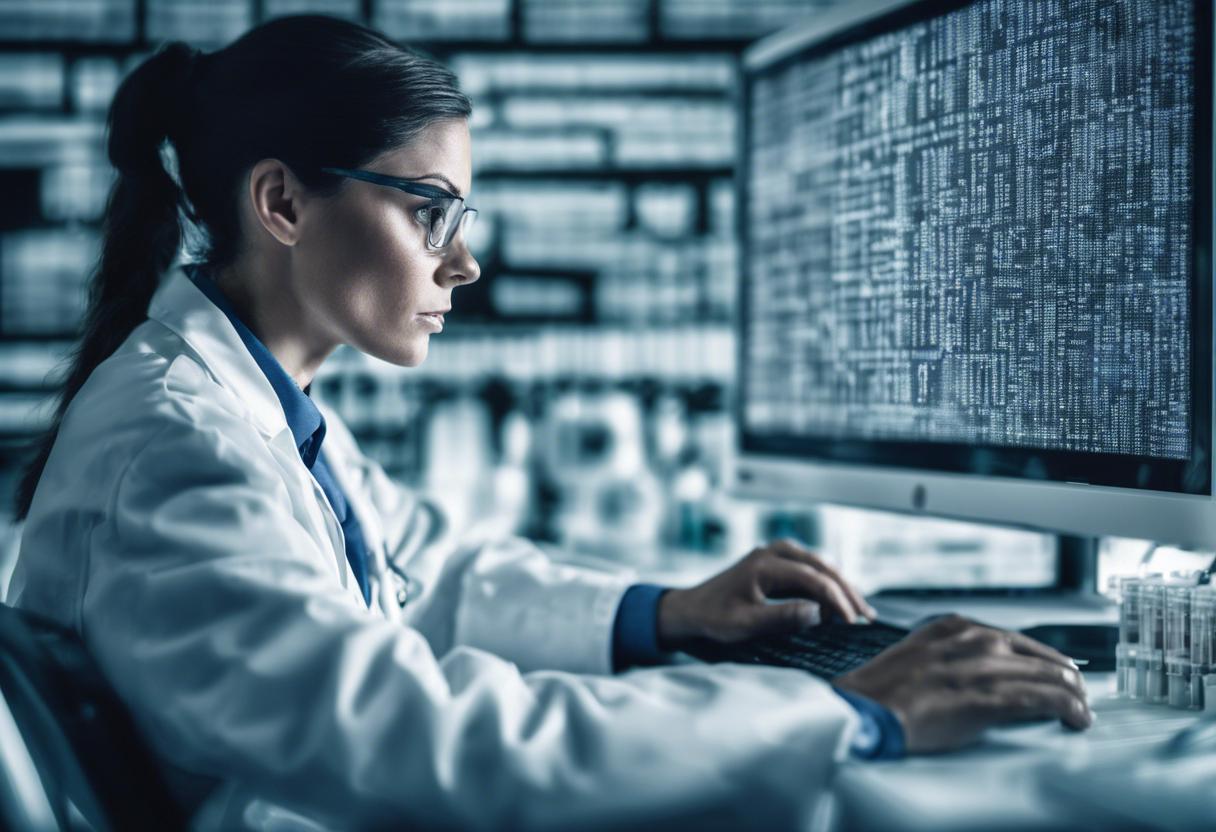Dear Sir, – In her recent article, Charlotte Blease posited the idea that artificial intelligence (AI) is superior to human specialists in both speed and accuracy when it comes to reading cancer scans (“AI: better at reading scans and a better bedside manner too?”, Science, Opinion, October 15th). This statement, however, appears to leap to conclusions prematurely.
At the current stage, the aptitude of AI in the medical imaging arena is limited to responding to particular queries. For example, a common AI software employed across Irish medical facilities is capable of flagging a certain kind of brain haemorrhage in CT scans. However, when faced with a different haemorrhage, its detection capability falls short. Variations of AI are also utilised to pinpoint lung cancer within chest X-rays, or breast cancer in mammograms. Nevertheless, these algorithms are not yet sufficiently versatile to detect other ailments, such as a punctured lung or mastitis.
Hannah Fry in her 2019 publication, “Hello World”, notably mentioned an experiment where a team of trained pigeons outperformed human radiologists in identifying breast cancer from mammograms. However, pigeons have yet to be employed in our hospitals.
Characterising the AI technology or even a pigeon as capable of “reading” scans is a simplification. Truly reading a scan means more than merely establishing a single diagnosis. It requires interpreting the entire scan considering the patient’s symptoms, results from other tests, and also allowing for a multitude of potential diagnoses. As it stands, AI technology has not reached this level of comprehensive understanding. – Yours faithfully,
Dr PATRICK WILLIAMS,
Specialist Registrar in Radiology,
University Hospital
Waterford.

